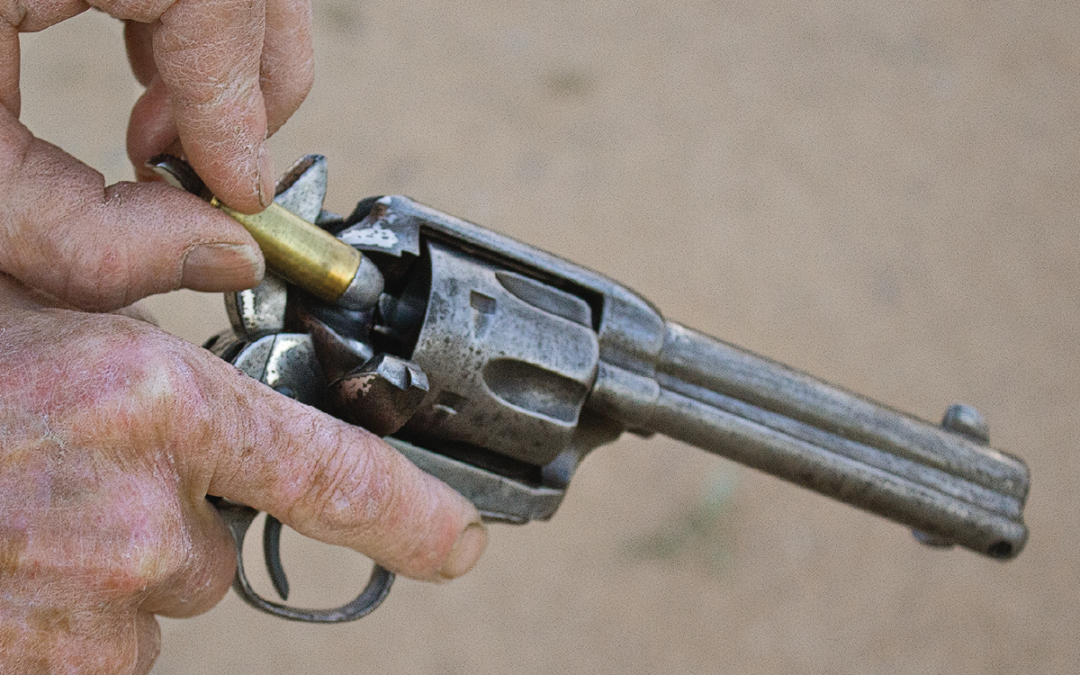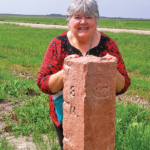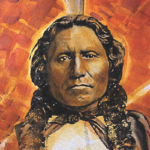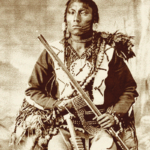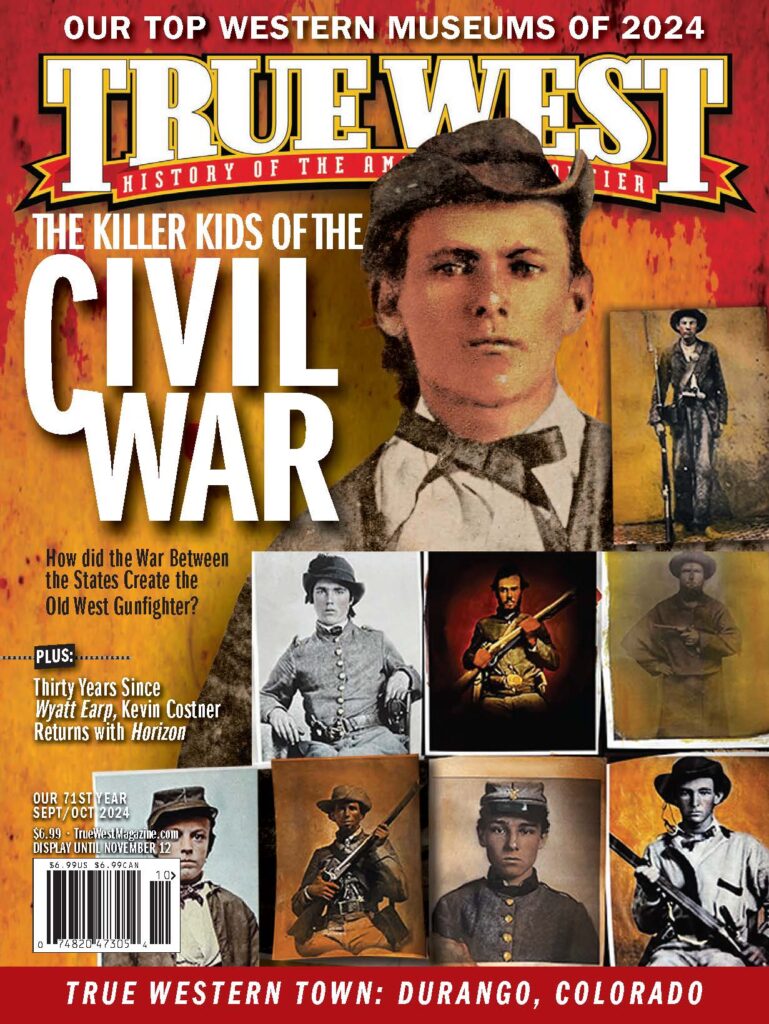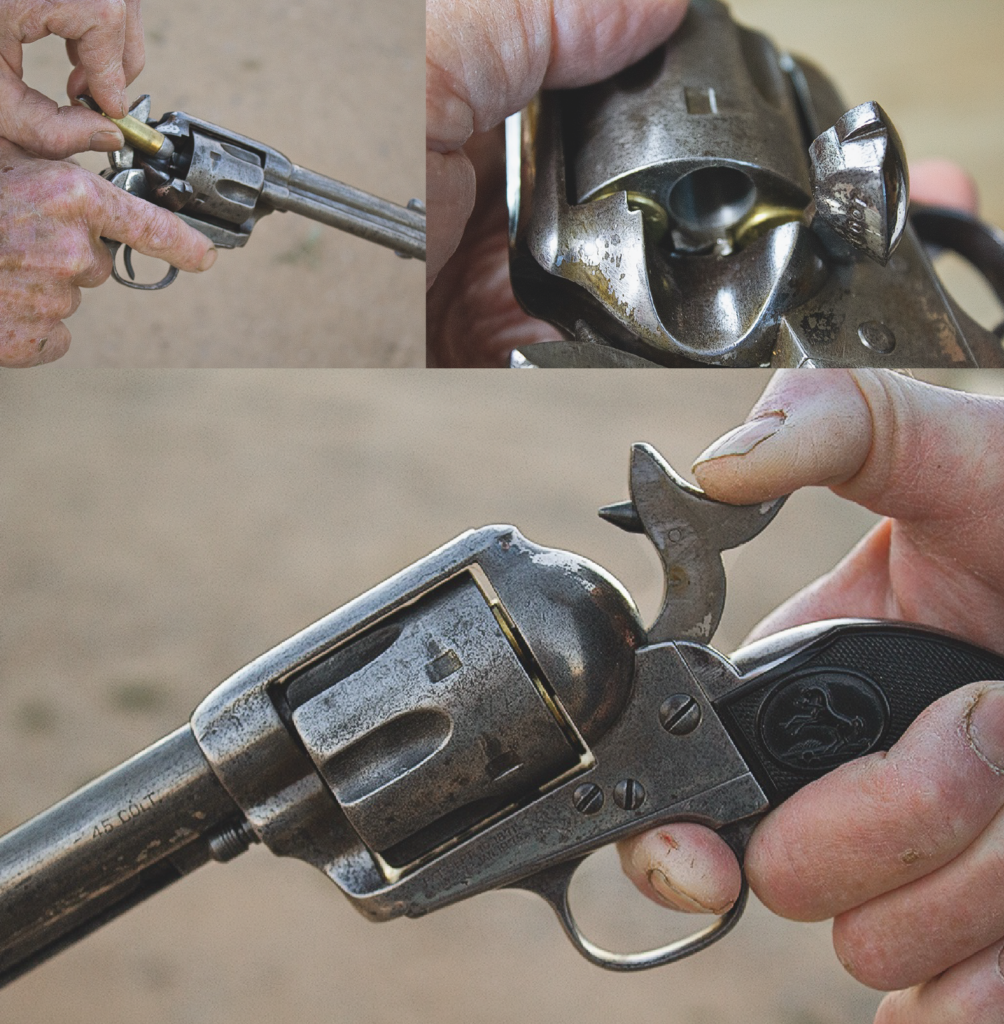
All Photos by Phil Spangenberger Unless Otherwise Noted
Did frontiersmen of the Old West fully load their single-actions or did they leave an empty chamber under the hammer?
Experienced shooters realize that when revolvers like the 1873 Colt Single Action Army (SAA) and other 19th-century-style six-shooters like the Remingtons and Smith & Wessons are loaded with six cartridges, the hammer’s firing pin rests on the primer of the cartridge under it. A sharp blow against the hammer, perhaps caused by dropping the gun, could cause it to fire.
After the Paterson and Walker models, Colt’s caplock revolvers were equipped with small “safety” pins on the rear of the cylinders, between each chamber, to lower the hammers onto. Remington made squared cuts in the rear of its cylinders for the hammers to safely rest on.
Not everyone in the Old West availed themselves of these safety features. During the 1850s, a dragoon officer stationed in Southern California’s Fort Tejon tucked his 1851 Navy Colt into his belt as he mounted his horse. The fully loaded revolver slipped out of his belt, fell to the ground and landed on the hammer, which was resting on a loaded and capped chamber, causing the arm to discharge. The officer suffered a non-lethal wound, to say nothing of what it did to his damaged pride.

With the introduction of Colt’s SAA and other metallic cartridge revolvers of the day, many men packed their six-shooters loaded with the full half-dozen cartridges. Colt—and the U.S. Army, as printed in the 1874 government manual—considered the first notch of the Peacemaker’s hammer to be a safety notch. It proved not very reliable, so those who knew better left the chamber under the hammer empty. This resulted in the frontier colloquialism “five beans in the wheel.” If trouble was expected, though, the rule of “load six if your insides tell you” was followed. A good example of that old adage occurred during an encounter with Oglala Sioux at the White Clay Agency. Rancher Edgar B. Bronson recalled, “Acting almost in unison…several of us proceeded to take on a bit of extra insurance by slipping spare cartridges into the ‘hammer chamber’ of our pistol cylinders, usually carried empty for purposes of better safety against accidental discharge.”
In another known instance of loading five rounds in a single-action revolver, cowboy John K. Rollinson recalled his time with the M-Bar Ranch in 1890s Wyoming, saying, “We all carried guns. I remember that each of the six men there had guns almost exactly alike. We all preferred the Colt single-action six-shooter. Some liked the Bisley model [which Rollinson owned], others the Frontier model… I noticed that these men carried their guns with one empty shell in the cylinder, and five loaded cartridges. This was for safety’s sake. The gun was carried with the hammer on the empty shell…”
A few of the better-known names in the Old West may have been a bit slow to pick up on this safe method of carrying a gun, but they quickly became believers. None other than Wyatt Earp suffered the embarrassment of his six-gun’s accidental discharge when, according to the January 12, 1876 edition of the Wichita Beacon, “…Policeman Earp was sitting with two or three others in the back room of the Custom House saloon, his revolver slipped from his holster and in falling to the floor, the hammer, which rested on the cap, is supposed to have struck the chair, causing a discharge of one of the barrels. The ball passed through his coat, struck the north wall then glanced off and passed out through the ceiling.” You can imagine the chagrin ol’ Wyatt felt, and he quickly became a disciple for “five beans in the wheel.” In fact during a later interview, Earp grudgingly commented that only a fool would load six cartridges in a Colt revolver.

Photos Courtesy True West Archives
Ironically, an almost fatal incident in 1881 involving Earp’s rival, the sheriff of Cochise County, Arizona Territory. Sheriff John Behan and his deputy, William H. Breckenridge, were sitting in their office when a deafening shot rang out and Breckenridge suddenly felt blood running down his temple. Thinking someone outside was attempting to free a prisoner they were holding in the Tombstone jail for robbing a stagecoach, the deputy quickly grabbed a loaded shotgun by the desk and leaped to the door. Waiting breathlessly for a possible break-in, he discovered that Behan’s gun had dropped from his belt and discharged next to Breckenridge so close that a grain of gunpowder had hit him and caused the bleeding. Although the bullet lodged harmlessly in some papers stacked on the desk, Breckenridge later reported: “…I took a cartridge from my pistol and placed the hammer on an empty chamber, and never carried but five shots in it from that time. I was always careful to see that the hammer was on an empty chamber whenever I put the gun on.”
Designed as a cavalry sidearm, Colt’s SAA was first issued to the U.S. Cavalry. Apparently, per orders, the Colts were generally carried with a full complement of six cartridges, although it’s probable some troopers secretly practiced loading just five rounds for safety.
During Custer’s Black Hills Expedition in 1874, Pvt. Hoener of Company B, 7th Cavalry, somehow hit the hammer of his holstered Colt while mounting his horse, causing the weapon to discharge, wounding the trooper in the leg. On May 30, 1876, amid Gen. George Crook’s Powder River campaign shortly before the Battle of the Rosebud, Pvt. Francis Tierney of the Cavalry’s Company B, was killed when he dropped his holstered revolver on a rock as he prepared to chop firewood. The revolver went off, striking him. The unfortunate trooper lingered for several days, finally succumbing to the gunshot on June 7.
There are several other examples of loading five rounds in those old-time smoke wagons on the frontier, but I think you get the point. Be safe—load five and have fun!
Phil Spangenberger has written for Guns & Ammo, appears on the History Channel and other documentary networks, produces Wild West shows, is a Hollywood gun coach and character actor, and is True West’s Firearms Editor. He’s also True West’s “True West Westerner of 2022.”

